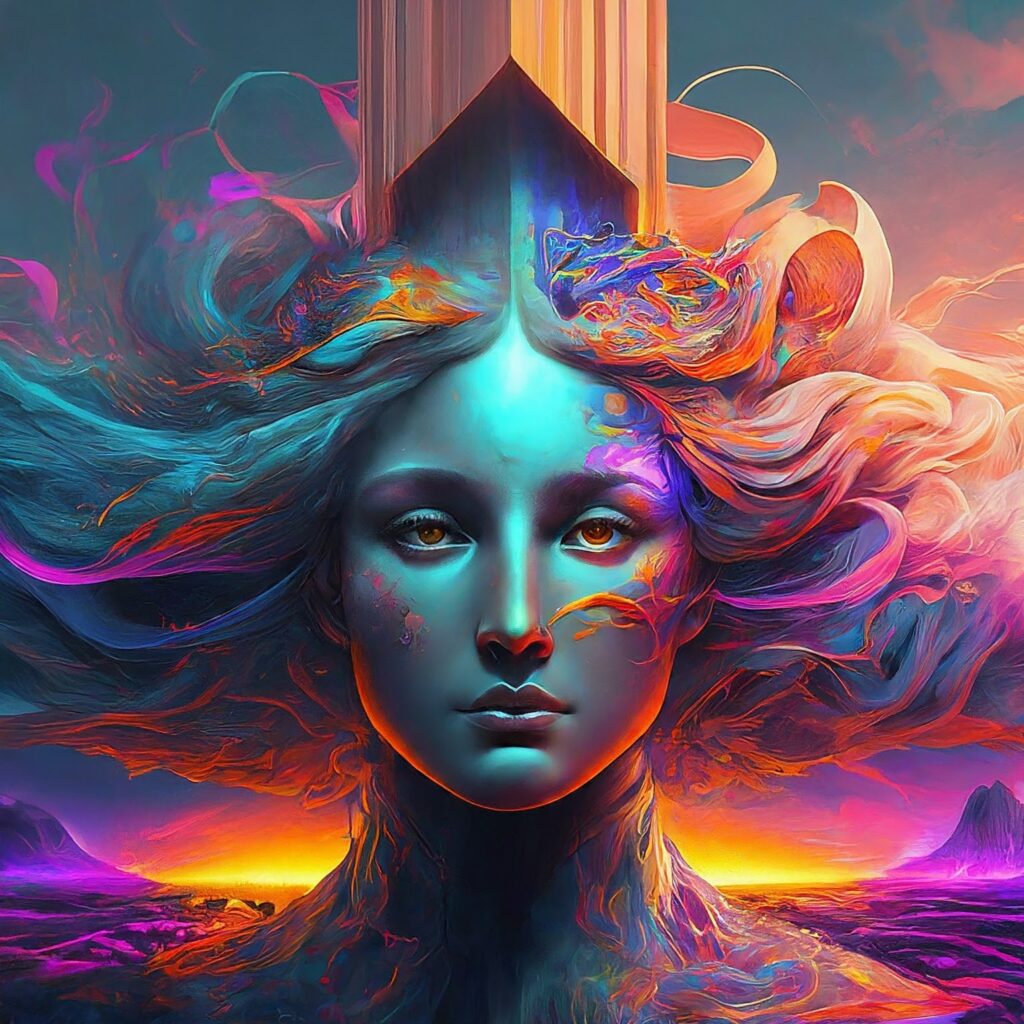
Introduction
Artificial intelligence (AI) is rapidly transforming numerous aspects of our world. The emergence of artificial intelligence art has opened new avenues for creativity and expression. This article delves into the intricacies of AI-generated art, exploring its history, techniques, applications, and future potential. By the end, you’ll have a comprehensive understanding of how AI is reshaping the art world.
Table of Contents
What Is Artificial Intelligence Art?
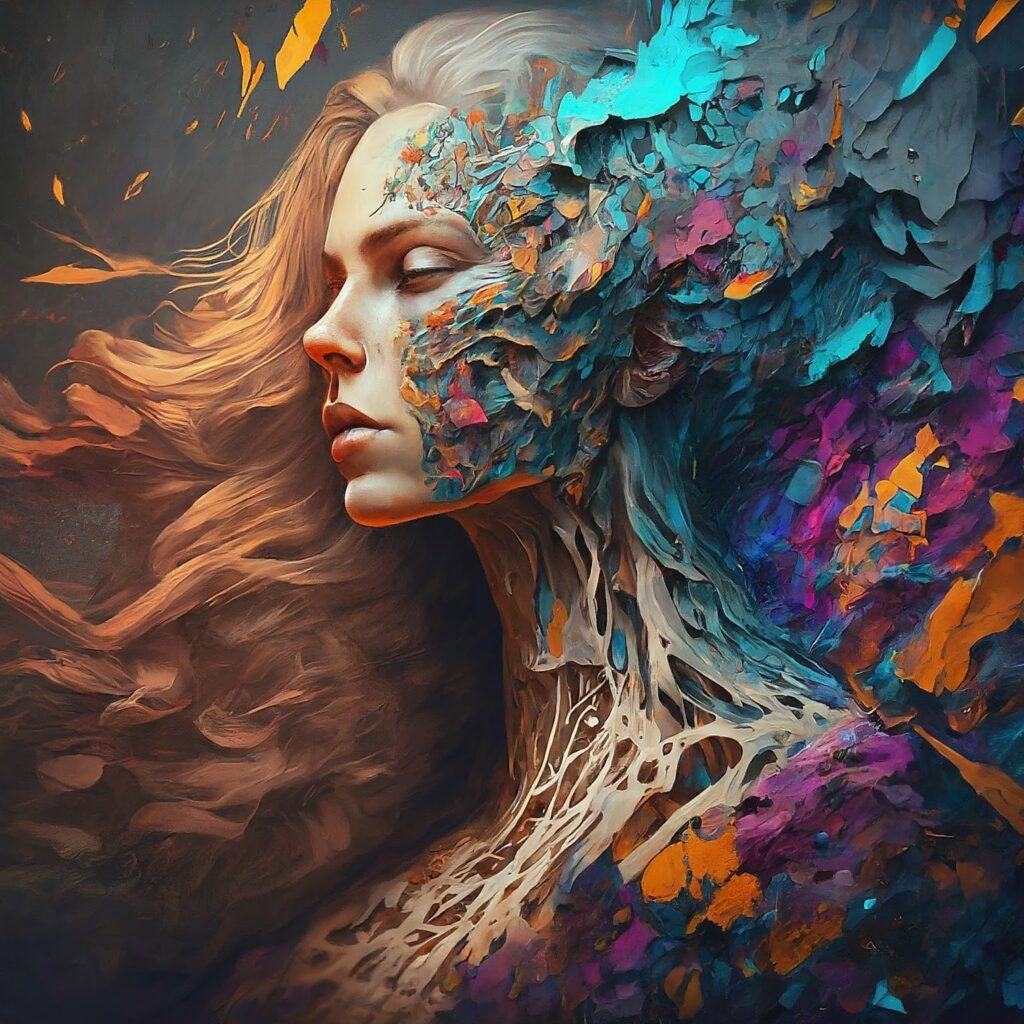
Artificial intelligence art refers to visual art created with the assistance of AI algorithms. These technologies enable machines to mimic human creativity and produce pieces that range from paintings and music to poetry and sculptures. By analyzing vast amounts of data and recognizing patterns, AI can generate unique and often surprising artistic outputs.
History of Artificial Intelligence Art

The journey of artificial intelligence art began in the mid-20th century. Early experiments involved using computers to create abstract forms and patterns. In the 1960s, artists like Harold Cohen began exploring the potential of AI in art. Cohen’s program, AARON, became one of the first examples of AI art, generating intricate and colorful drawings.
As technology advanced, so did the capabilities of AI in art. The 21st century saw the rise of more sophisticated algorithms, such as neural networks and generative adversarial networks (GANs), which revolutionized the field. These innovations allowed AI to produce artworks that are not only complex but also aesthetically pleasing.
Techniques Used in Artificial Intelligence Art
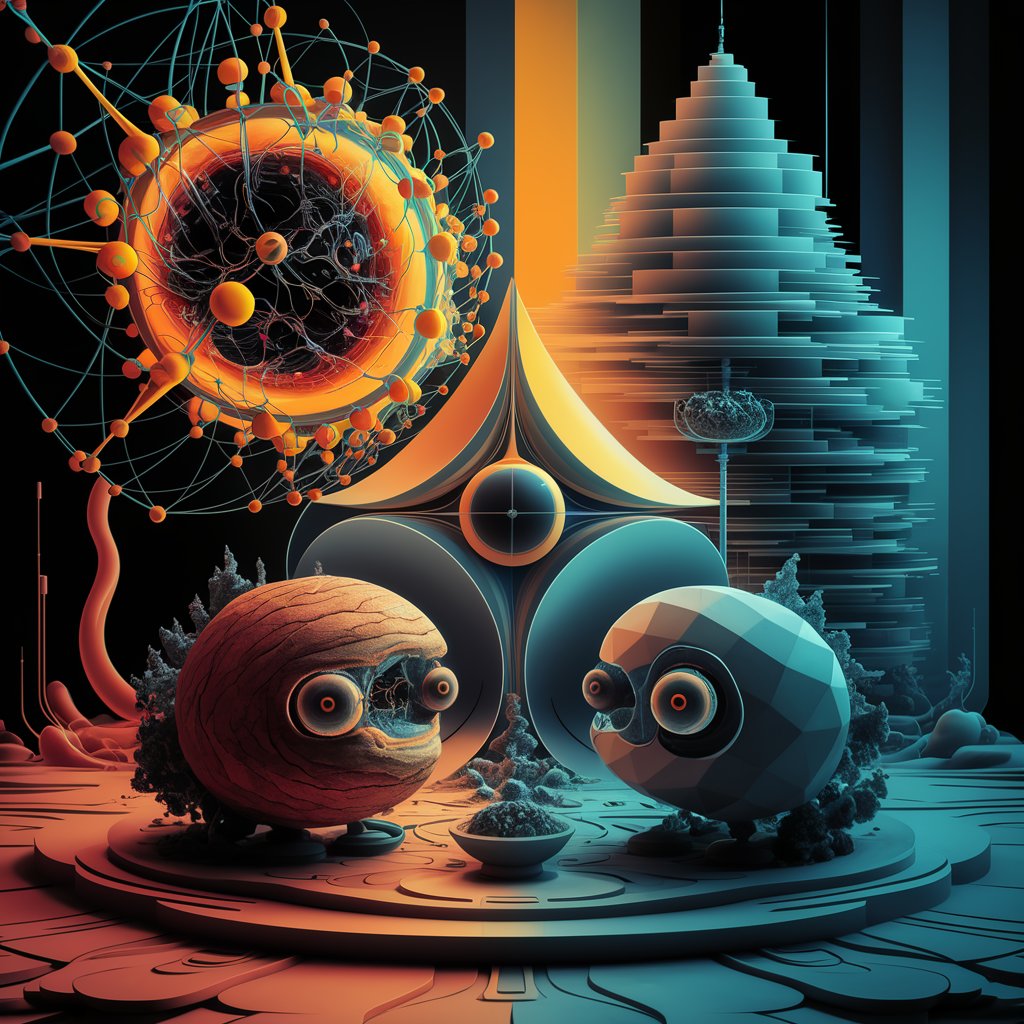
Neural Networks
Neural networks are a cornerstone of AI art. These systems are designed to simulate the way the human brain processes information. By training on large datasets of images, texts, or sounds, neural networks can learn to recognize patterns and generate new content. For instance, a neural network trained on thousands of paintings can create original artwork in the style of famous artists.
Generative Adversarial Networks (GANs)
GANs have taken AI art to new heights. A GAN consists of two neural networks: the generator and the discriminator. One network, the generator, attempts to create new, realistic artwork. The other network, the discriminator, strives to distinguish the AI-generated art from real artwork in the training data. Through this adversarial process, GANs can produce highly realistic and creative outputs. GANs have been used to generate everything from realistic portraits to surreal and abstract art pieces.
Applications of Artificial Intelligence Art
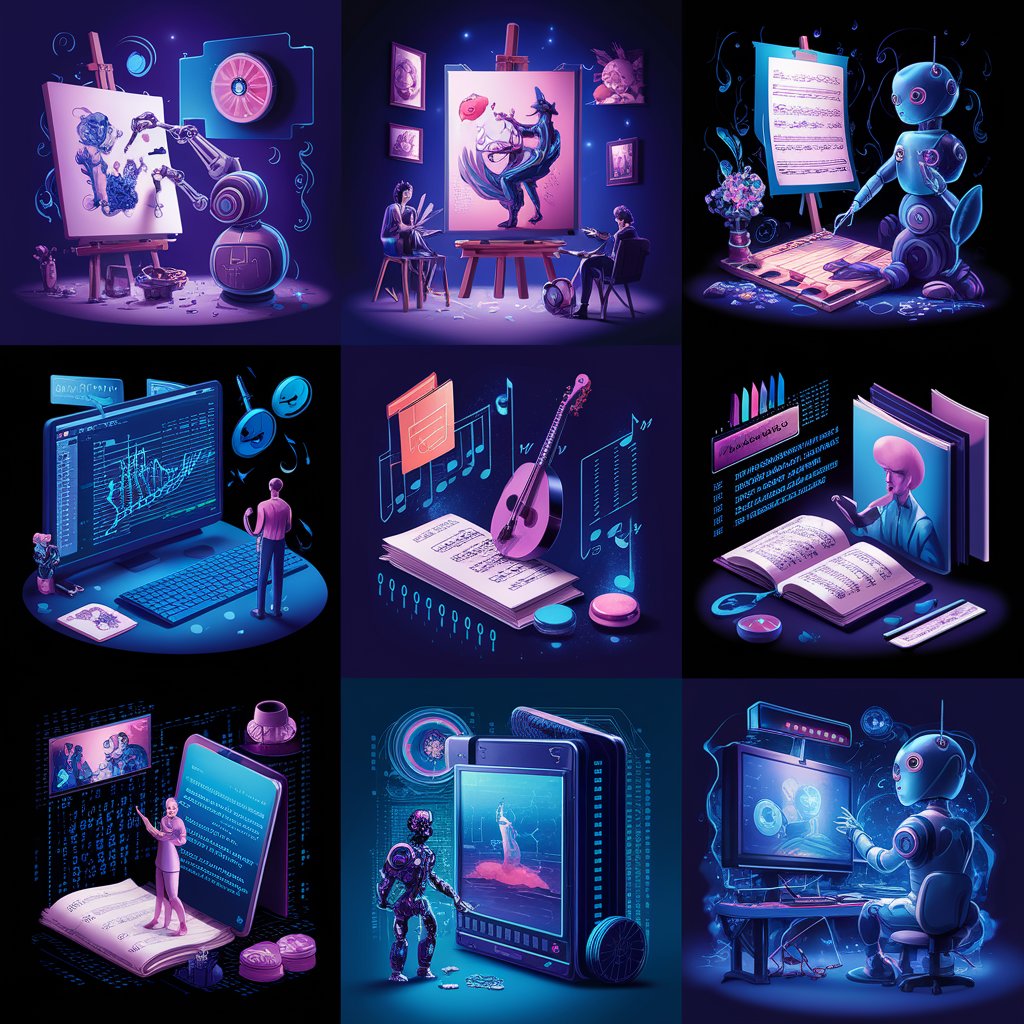
Visual Arts
In the realm of visual arts, AI has become a powerful tool for artists. AI-generated paintings, sculptures, and digital art are now commonplace. Artists use AI to explore new styles, create unique compositions, and even collaborate with machines to push the boundaries of creativity.
Music and Sound
The music industry is also seeing a rise in AI. AI algorithms can compose original music, generate new sounds, and even assist in mixing and mastering tracks. This technology allows musicians to experiment with new genres and create innovative compositions.
Literature and Text Generation
AI’s impact on literature is equally profound. AI-driven text generators can write poetry, stories, and even entire novels. These tools help writers overcome writer’s block, explore new narrative styles, and generate content at an unprecedented pace.
Advantages and Challenges of Artificial Intelligence Art
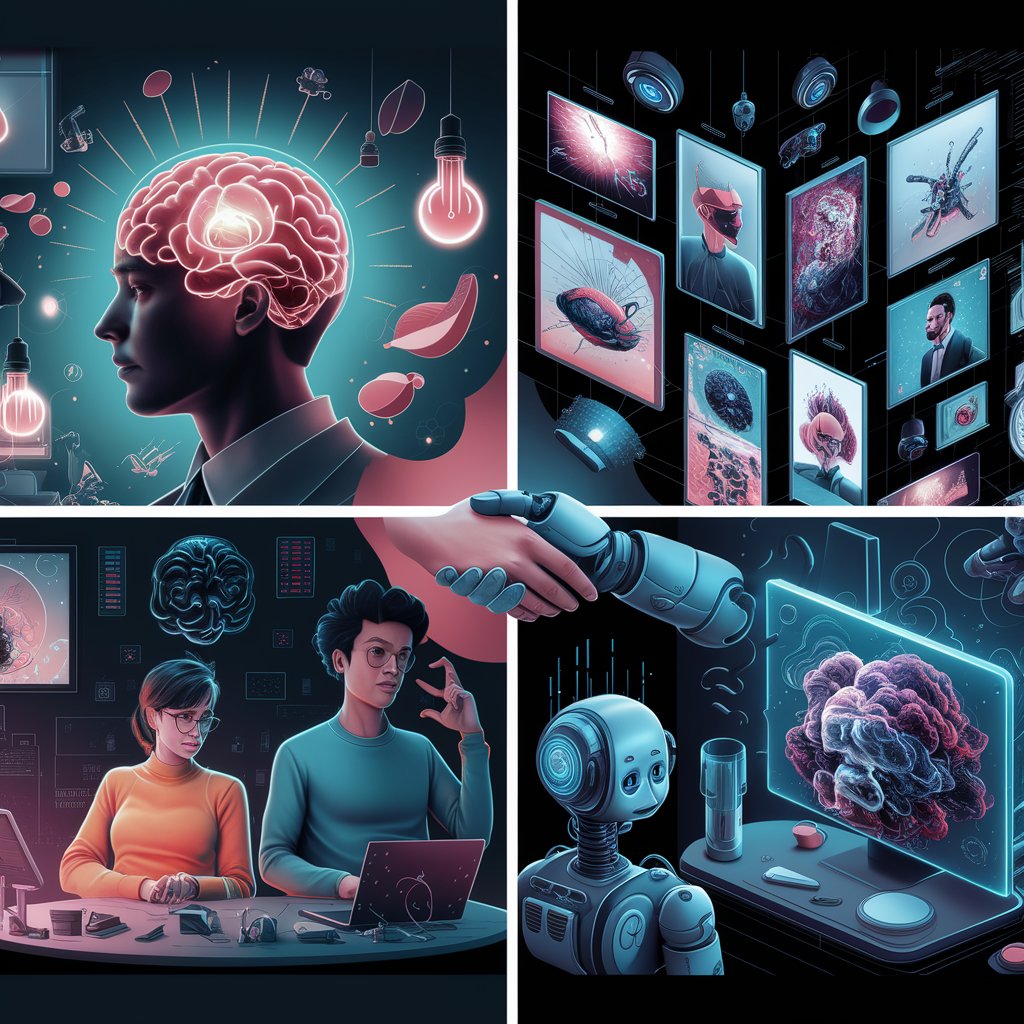
Advantages
Creativity Boost: AI can inspire artists by suggesting new ideas and styles.
Efficiency: AI can handle repetitive tasks, allowing artists to focus on creativity.
Accessibility: AI tools make art creation more accessible to non-artists.
Collaboration: Artists can collaborate with AI to produce hybrid works.
Challenges
Originality: The debate over whether AI-generated art is truly original persists.
Ethical Concerns: Issues of copyright and ownership arise with AI-created works.
Quality Control: Ensuring the quality and coherence of AI-generated art can be challenging.
The Future of Artificial Intelligence Art
The future of artificial intelligence art is promising. As AI technology continues to evolve, we can expect even more sophisticated and innovative artworks. AI could become an indispensable tool for artists, helping them push the boundaries of creativity and explore new artistic frontiers. Additionally, AI might democratize art creation, making it accessible to a broader audience.
Frequently Asked Questions (FAQs)
What Is Artificial Intelligence Art?
Artificial intelligence art refers to artworks created with the assistance of AI technologies, enabling machines to mimic human creativity and produce unique pieces.
How Do Neural Networks Contribute to AI Art?
Neural networks simulate the human brain’s information processing, allowing them to recognize patterns and generate new content in various artistic forms.
What Are Generative Adversarial Networks (GANs)?
GANs are composed of two neural networks: the generator and the discriminator. Through an adversarial process, GANs create highly realistic and creative outputs.
What Are the Applications of AI in Art?
AI is used in visual arts, music and sound, literature and text generation, enhancing creativity, efficiency, accessibility, and collaboration.
What Challenges Does AI Art Face?
Challenges include questions of originality, ethical concerns, copyright issues, and quality control in AI-generated art.
Conclusion
Artificial intelligence art is a fascinating and rapidly evolving field that merges technology and creativity. From neural networks to GANs, AI is transforming the way art is created and experienced. Despite the challenges, the future of AI art is bright, promising new possibilities and innovations. As we continue to explore this exciting intersection of art and technology, the boundaries of what is possible in the art world will continue to expand.



